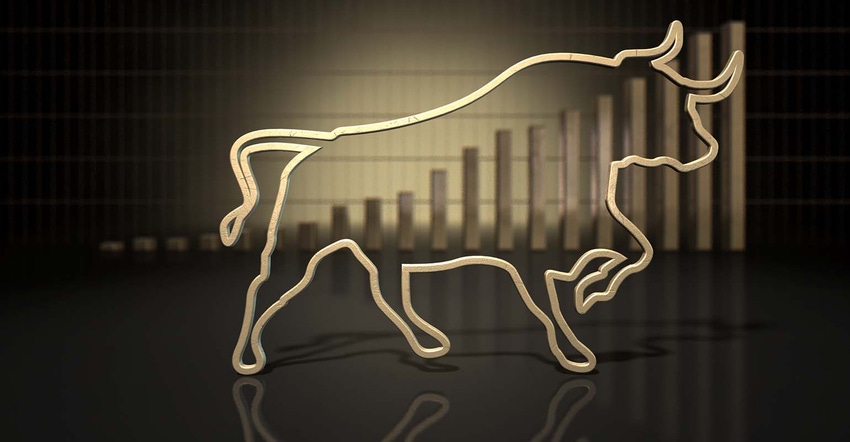
The market had begun to trade sideways last week, needing new bullish information to keep it fed. The market got just what it needed with yesterday’s report.
While some thought USDA would alter harvested acres, they left that alone and instead adjusted yields lower. The agency dropped corn yields by 2.6 bpa, reducing overall corn yield to 175.8 bpa. It reduced soybean yield by 1.2 bpa to 50.7 bpa. Both of these were enough to help put ending stocks at the bottom or below the average trade range.
Coupled with higher exports, corn shaved off 465 million bushels in ending stocks from last month until now. A half a billion-bushel change from one month to the next is significant. This allowed corn ending stocks to drop down to 1.7 billion bushels, and the market may not be done yet. It is no secret that corn exports to China have been heating up; China could purchase another 300 million bushels on top of what it has already purchased. That could help drop U.S. carryover to nearly 1.4 billion bushels.
And that’s exactly how we could potentially send the corn market higher, reaching the next level of resistance at $4.38.
Drought damage shrinks yield
The yield reduction in soybeans came as no surprise to me. You can’t have a drought in August while beans are filling pods and expect to get above trendline yields.
We have often said that pipeline supply in beans is around 200 million bushels and the USDA just went through it, setting carryover stocks at 190 billion bushels. Notably, the agency increased seed demand by 3 million bushels, cognizant of the fact that soybean acres are expected to rise significantly for next year.
The fact that Brazil’s crop went in late this year means it won’t be able to ship China’s committed bushels in January as usual. It would not be unusual for China to need an additional 100 million bushels from us to fill the gap until Brazil gets its crop out of the ground.
That would reduce U.S. carryover to 90 million bushels. Bear in mind it wasn’t that long ago soybean carryover was at 900 million bushels. We have gone from one extreme to the other in a very short amount of time.
USDA was still optimistic on Brazil’s soybean crop, arriving at 133 MMT. The agency continues to be a bit more conservative than CONAB, Brazil’s agriculture ministry, which came in at 135 MMT. Despite the late planting, CONAB is still optimistic that the soybean crop won’t be that much affected. Brazilian farmers can lock in $12 beans and so they are willing to spend more on fertilizer and chemicals to get the best yield possible. With high prices that extra fungicide application is easily justified. This will help maximize yield and offset any losses from replanting.
I am less inclined to believe that they still have full crop potential on corn. Brazilian forecasters left corn projections at 110 MMT. Brazilian farmers may be able to plant the corn but the later they plant it, the higher the risk there is of running out of rainy season, a key to good yields.
USDA’s wheat report did not offer much news, which, considering the market is trading at six-year highs, is not a good thing. The market is going to need more good news if it is going to stay up there. The wheat carryover did drop 6 million bushels, but it was not enough to get wheat out of its sideways trading range. Support is around $5.91 in December wheat and it will need to stay above that -- otherwise things could get ugly fast.
Matthew Kruse is President of Commstock Investments. He can be reached at [email protected] or call 712-227-1110.
Futures trading involves risk. The risk of loss in trading futures and/or options is substantial and each investor and/or trader must consider whether this is a suitable investment. Past performance is not indicative of future results. Trading advice is based on information taken from trades and statistical services and other sources that CommStock Investments believes to be reliable. We do not guarantee that such information is accurate or complete and it should not be relied upon as such. Trading advice reflects our good faith judgment at a specific time and is subject to change without notice. There is no guarantee that the advice we give will result in profitable trades.
The opinions of the author are not necessarily those of Farm Futures or Farm Progress.
About the Author(s)
You May Also Like






